Vatalanib Dihydrochloride
Synonym(s):1-(4-Chloroanilino)-4-(4-pyridylmethyl)phthalazine dihydrochloride;N-(4-Chloroanilino)-4-(pyridin-4-ylmethyl)phthalazin-1-amine dihydrochloride;
- CAS NO.:212141-51-0
- Empirical Formula: C20H17Cl3N4
- Molecular Weight: 419.74
- MDL number: MFCD08458964
- SAFETY DATA SHEET (SDS)
- Update Date: 2024-11-19 20:33:22
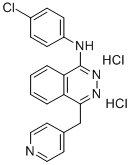
What is Vatalanib Dihydrochloride?
Description
Vatalanib is an antagonist of the VEGF receptors, inhibiting the receptor tyrosine kinase activities of VEGFR1 (Flt1), VEGFR2 (KDR), and VEGFR3 (Flt4) with IC50 values of 77, 37, and 190 nM, respectively. It less potently inhibits PDGF and c-
Chemical properties
White to Off-White Crystalline Powder
The Uses of Vatalanib Dihydrochloride
Vatalanib (PTK787) is an inhibitor of VEGFR2/KDR, Flt-1 and c-Kit with IC50 of 37 nM, 77 nM and 730 nM, respectively.
The Uses of Vatalanib Dihydrochloride
Vascular endothelial growth factor (VEGF) receptor tyrosine kinase inhibitor. Antineoplastic.
What are the applications of Application
Vatalanib Dihydrochloride is a potent inhibitor of EGFR- and RET-dependent tumor cell proliferation and survival
References
1) Wood?et al. (2000),?PTK787/ZK 222584, a novel and potent inhibitor of vascular endothelial growth factor tyrosine kinases, impairs vascular endothelial growth factor-induced responses and tumor growth after oral administration;? Cancer Res.,?60?2178 2) Lin?et al. (2002),?The vascular endothelial growth factor receptor tyrosine kinase inhibitor PTK787/ZK222584 inhibits growth and migration of multiple myeloma cells in bone marrow microenvironment;? Cancer Res.,?62?5019
Properties of Vatalanib Dihydrochloride
| Melting point: | 268-2700C |
| storage temp. | Inert atmosphere,Store in freezer, under -20°C |
| solubility | Soluble in DMSO (up to 20 mg/ml with warming) or in Water (up to 100 mg/ml) |
| form | solid |
| color | White or off-white |
| Stability: | Stable for 2 years from date of purchase as supplied. Solutions in DMSO or distilled water may be stored at -20°C for up to 3 months. |
| CAS DataBase Reference | 212141-51-0 |
Safety information for Vatalanib Dihydrochloride
| Signal word | Warning |
| Pictogram(s) |
 Exclamation Mark Irritant GHS07 |
| GHS Hazard Statements |
H315:Skin corrosion/irritation H319:Serious eye damage/eye irritation H335:Specific target organ toxicity, single exposure;Respiratory tract irritation |
| Precautionary Statement Codes |
P271:Use only outdoors or in a well-ventilated area. P280:Wear protective gloves/protective clothing/eye protection/face protection. |
Computed Descriptors for Vatalanib Dihydrochloride
New Products
(S)-3-Aminobutanenitrile hydrochloride 4-Methylphenylacetic acid N-Boc-D-alaninol N-BOC-D/L-ALANINOL Tert-butyl bis(2-chloroethyl)carbamate 3-Morpholino-1-(4-nitrophenyl)-5,6-dihydropyridin- 2(1H)-one Furan-2,5-Dicarboxylic Acid Tropic acid 1-Bromo-3,5-Di-Tert-Butylbenzene S-2-CHLORO PROPIONIC ACID ETHYL ISOCYANOACETATE 2-Bromo-1,3-Bis(Dimethylamino)Trimethinium Hexafluorophosphate 4-IODO BENZOIC ACID 3-NITRO-2-METHYL ANILINE 1-(2,4-DICHLOROPHENYL) ETHANAMINE (2-Hydroxyphenyl)acetonitrile 4-Bromopyrazole 2-(Cyanocyclohexyl)acetic acid 4-methoxy-3,5-dinitropyridine 1-(4-(aminomethyl)benzyl)urea hydrochloride 2-aminopropyl benzoate hydrochloride diethyl 2-(2-((tertbutoxycarbonyl)amino) ethyl)malonate tert-butyl 4- (ureidomethyl)benzylcarbamate Ethyl-2-chloro((4-methoxyphenyl)hydrazono)acetateRelated products of tetrahydrofuran

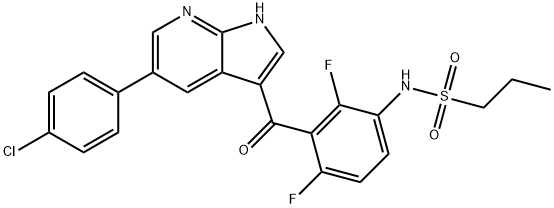

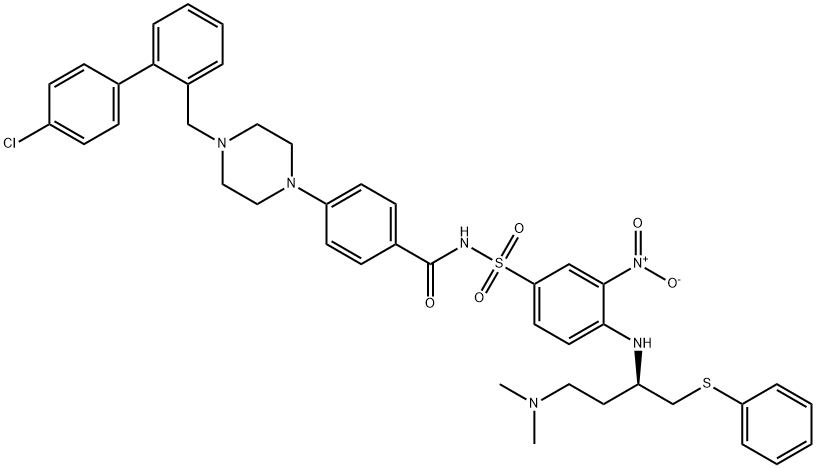
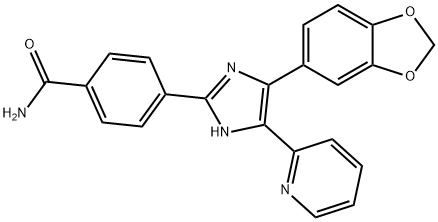
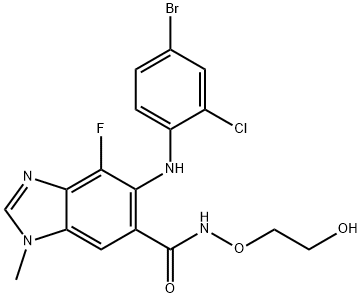
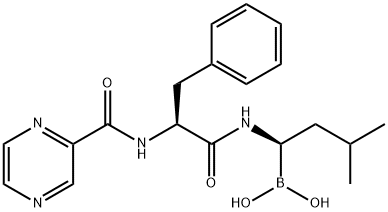

You may like
-
 Vatalanib dihydrochloride 98% CAS 212141-51-0View Details
Vatalanib dihydrochloride 98% CAS 212141-51-0View Details
212141-51-0 -
 Vatalanib dihydrochloride CAS 212141-51-0View Details
Vatalanib dihydrochloride CAS 212141-51-0View Details
212141-51-0 -
 1975-50-4 98%View Details
1975-50-4 98%View Details
1975-50-4 -
 2-HYDROXY BENZYL ALCOHOL 98%View Details
2-HYDROXY BENZYL ALCOHOL 98%View Details
90-01-7 -
 2-Chloro-1,3-Bis(Dimethylamino)Trimethinium Hexafluorophosphate 221615-75-4 98%View Details
2-Chloro-1,3-Bis(Dimethylamino)Trimethinium Hexafluorophosphate 221615-75-4 98%View Details
221615-75-4 -
 61397-56-6 CIS BROMO BENZOATE 98%View Details
61397-56-6 CIS BROMO BENZOATE 98%View Details
61397-56-6 -
 14714-50-2 (2-Hydroxyphenyl)acetonitrile 98+View Details
14714-50-2 (2-Hydroxyphenyl)acetonitrile 98+View Details
14714-50-2 -
 118753-70-1 98+View Details
118753-70-1 98+View Details
118753-70-1